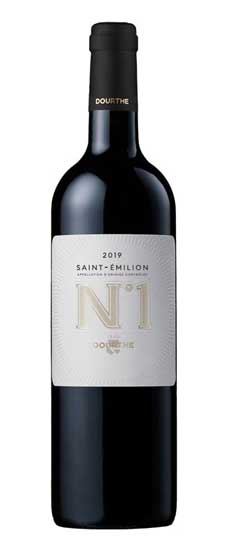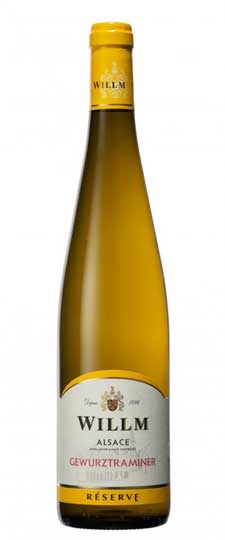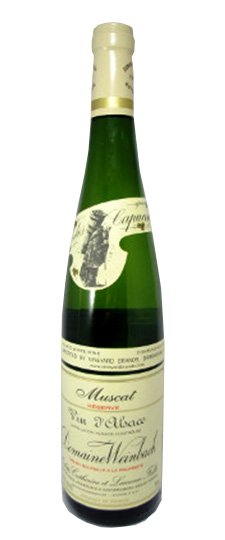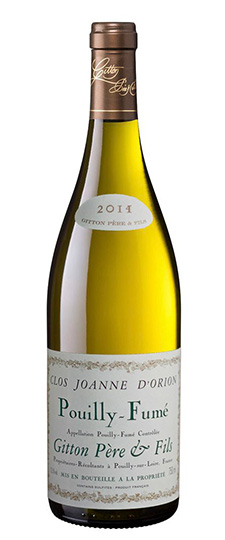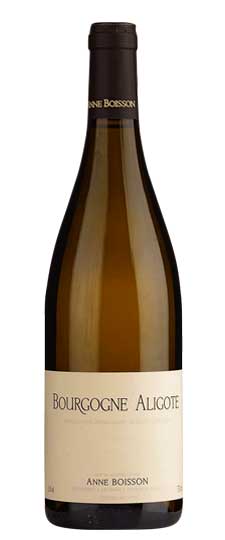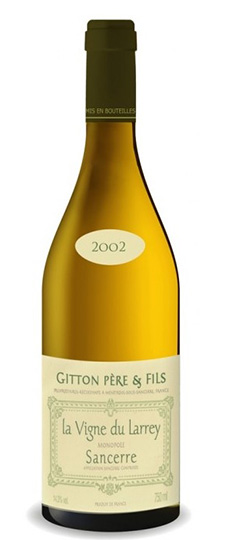Wine Score
Grape Variety
Gewurztraminer Wine
Gewurztraminer (Gewürztraminer in German-language areas) is a pink-skinned grape variety that produces some of the world’s most distinctive aromatic wines. Its perfumed style is somewhat polarizing; fans adore its intense floral scent and sweet-spice flavors, while detractors lament its low acidity and lack of subtlety.
Gewurztraminer’s parentage is hard to trace. Modern research suggests that it is the aromatic mutation of Roter Traminer (Savagnin Rose), and therefore part of the ancient Savagnin-Traminer group of grape varieties, which have identical or near-identical DNA profiles. As such it is hard to locate a precise area of origin, though Savagnin is thought to have originated in what is now southwest Germany.
Gewurztraminer Grapes
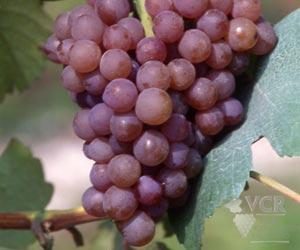 Literally translated, Gewürztraminer means “spiced Traminer” (Traminer Aromatico in Italian). The second part of the word suggests the grape may have origins in Tramin (Termeno) in the Alto Adige region. But while documents mentioning wines from Tramin date back to the 1200s, the spicy variant of the Savagnin Rose grape did not exist in the region until the 19th Century. Recent studies suggest that German growers of the Gewürztraminer/Savagnon Rose grape created the confusion by naming the variety after the wines of the Tramin region, which by the 1400s were attracting international acclaim.
Literally translated, Gewürztraminer means “spiced Traminer” (Traminer Aromatico in Italian). The second part of the word suggests the grape may have origins in Tramin (Termeno) in the Alto Adige region. But while documents mentioning wines from Tramin date back to the 1200s, the spicy variant of the Savagnin Rose grape did not exist in the region until the 19th Century. Recent studies suggest that German growers of the Gewürztraminer/Savagnon Rose grape created the confusion by naming the variety after the wines of the Tramin region, which by the 1400s were attracting international acclaim.
The best examples of Gewurztraminer are generally regarded as being from the grand cru vineyards of Alsace. It could even be argued that Alsace is the spiritual home of Gewürztraminer, despite the fact that it is not its ancestral home and that Gewürztraminer accounts for less than one-fifth of vineyard area in the region.
Gewürztraminer, as we know it today, arrived in Alsace from the Pfalz region – closer than most wine regions of France. The rich clay soils present in Alsace proved an ideal environment to produce full-bodied Gewürztraminer wines. The richness of dry, late-harvest, (vendage tardive), and botrytized very sweet (Sélection de Grains Nobles) Gewürztraminer wines in Alsace set the benchmark for which the variety is judged, and it is one of the grape varieties along with Riesling, Muscat and Pinot Gris which can be produced at Alsace Grand Cru level.
The primary aromatic descriptors used to define Gewürztraminer are typically lychee, rose petal, Turkish delight, tropical fruit and perfume. On the palate it is marked by its full texture, low acidity, stonefruit (mango, peach and apricot) and spicy (ginger and cinnamon) flavors.
Somewhat confusingly in Australia, the variety is often referred to as simply Traminer. The confusion is amplified by the recent discovery that a small amount of Savagnin Blanc – aka Traminer – is grown in the country, having been misidentified as Albarino for many years prior to 2009.
Notable examples of Gewürztraminer produced outside Alsace are from New Zealand, Oregon, Washington, Germany and northern Italy. It is also made under a wide number of synonyms in eastern Europe, but these wines are rarely exported.
Synonyms include: Traminer Aromatico, Traminer Musqué, Traminer, Gentil Aromatique, Savagnin Rose Aromatique.
Food matches for Gewurztraminer include:
Stir-fried pork with pickled plum (dry)
- Crayfish laksa (dry)
- Pannacotta (sweet)
- Enjoy this video about Gewurztraminer, from Sonoma Valley’s Kunde Family Estate.
Producer Notes

In 1896 the Willm family founded the Willm Estate in Barr, at the foot of the majestic Kirchberg de Barr Grand Cru vineyard. Willm has always been concerned with revealing the best of its terroirs and sharing its exceptional wines with the whole world. Thanks to the adventurous founder Emile Willm, the estate’s wines were the first from Alsace to be exported to the United States in the early 1930s, after prohibition laws were lifted. Their wines are celebrated for their blend freshness, minerality and elegance; they are synonymous with tradition, terroir, purity and refinement.
If Willm isn’t in an American history book, it should be. The winery was the first producer in Alsace to export to the United States after prohibition, and it’s said that Al Capone favored the wines after his release from Alcatraz. Though the Willm family has been making wine in Alsace since 1896, their French heritage dates back to 1398. Willm’s portfolio includes four Grand Crus, sparkling Cremant d’Alsace and late-harvest sweet wines, in addition to their reserve range. The winery is known for its easy-drinking, well-priced Riesling that pairs well with shellfish, grilled seafood and white meats. Among Alsace’s rarer sparklers is Willm’s Crémant d’Alsace Blanc de Noirs, a white bubbly made from 100% Pinot Noir. The vineyards span the Haut-Rhin (upper Rhine) and the Bas-Rhin (lower Rhine) in three locations, encompassing a diversity of soils and allowing Willm to produce a range of styles. The winery received its organic certification in 2012.

